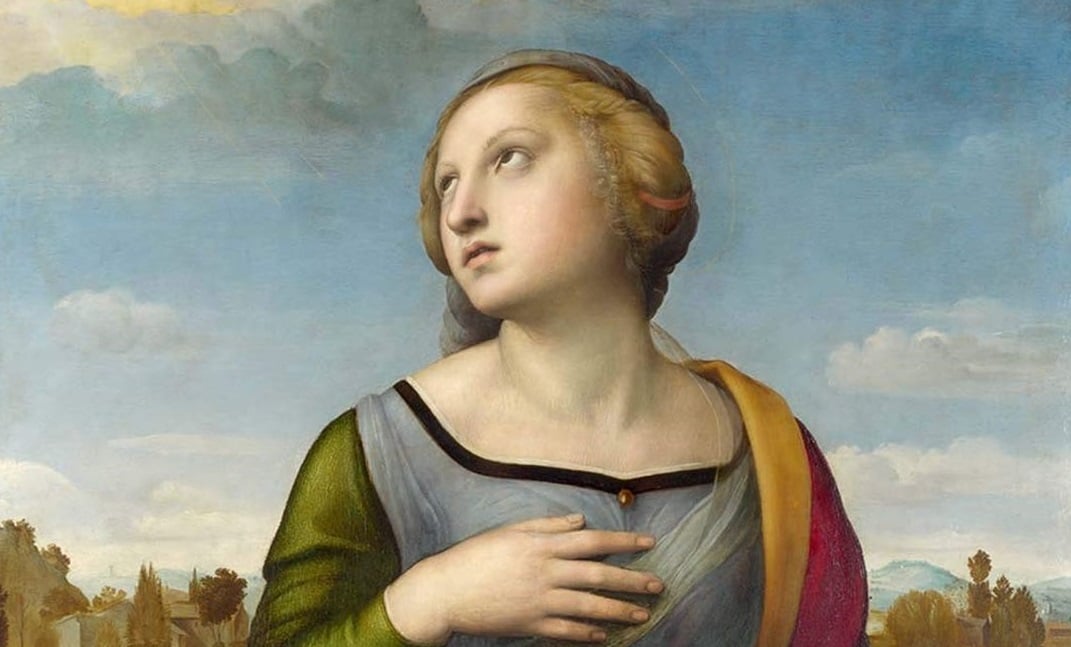
I wonder how he will be voting on 23 June, but he politely declines to say. “I thought, ‘Wouldn’t it be wonderful to be able to do this full-time?’” The Courtauld followed, then a stint at the National Gallery, then a dozen years at the Prado in Madrid, where he was deputy director.

The first lesson was in front of Rembrandt’s Girl at a Window and it was, he says, a coup de foudre. That was the Dulwich Picture Gallery, which boasts an exquisite collection of old masters. He had a choice between ancient history and history of art A-level he chose the latter because he’d heard some of the teaching was done in a museum. The rest of the time he was at a south London comprehensive, until he switched to Dulwich College, a public school, for his sixth form. He went off to Italy for a couple of years of his schooling, to Naples and Piacenza. On the stand at the moment are Bach’s Goldberg Variations, “though I can only play a handful of them”. In his office there’s a baby grand – largely because it won’t fit into his house (he keeps an upright there). It was a musical family: his father had a “very good operatic voice”, and his children are good singers too, he says. We lived in Britain and we felt part of both worlds.” He keeps a baby grand in his office – because it won't fit in his house “We spoke Italian, ate Italian, supported Italy in the World Cup. “I was brought up in what was essentially an Italian home,” he says. An immensely tall man with a warm grin and saturnine looks, he was born in Barnet, north London, in 1965, and raised in Catford, the son of a Neapolitan father and a half-Polish, half-English mother.

The silent works of art on the walls are in endless conversation with each other, across centuries and borders: Rubens with Titian Turner with Claude Cézanne with Poussin.įinaldi, who has been in his post since last August but is only now giving interviews, is himself something of a European short story. Between these points, this “perfect short story” (as former director Neil MacGregor has called the gallery) weaves around the Low Countries, Spain, Britain and Germany. Indeed, the sole purpose of the National Gallery is to spin a European cultural tale: one that starts in 13th-century Italy with Cimabue and ends in France around 1900 with modernist masterpieces such as Cézanne’s Bathers. But as I walk through the National Gallery with its new director, Gabriele Finaldi, it strikes me that this institution is, if not an argument for, then certainly an eloquent narrative about European connectedness. If the early days of the campaign are anything to go by, the debate will be bounded by rival predictions about the future of Britain’s economy. U ntil 23 June, Britain will be enjoying, or enduring, a debate about its relationship with Europe.


 0 kommentar(er)
0 kommentar(er)
